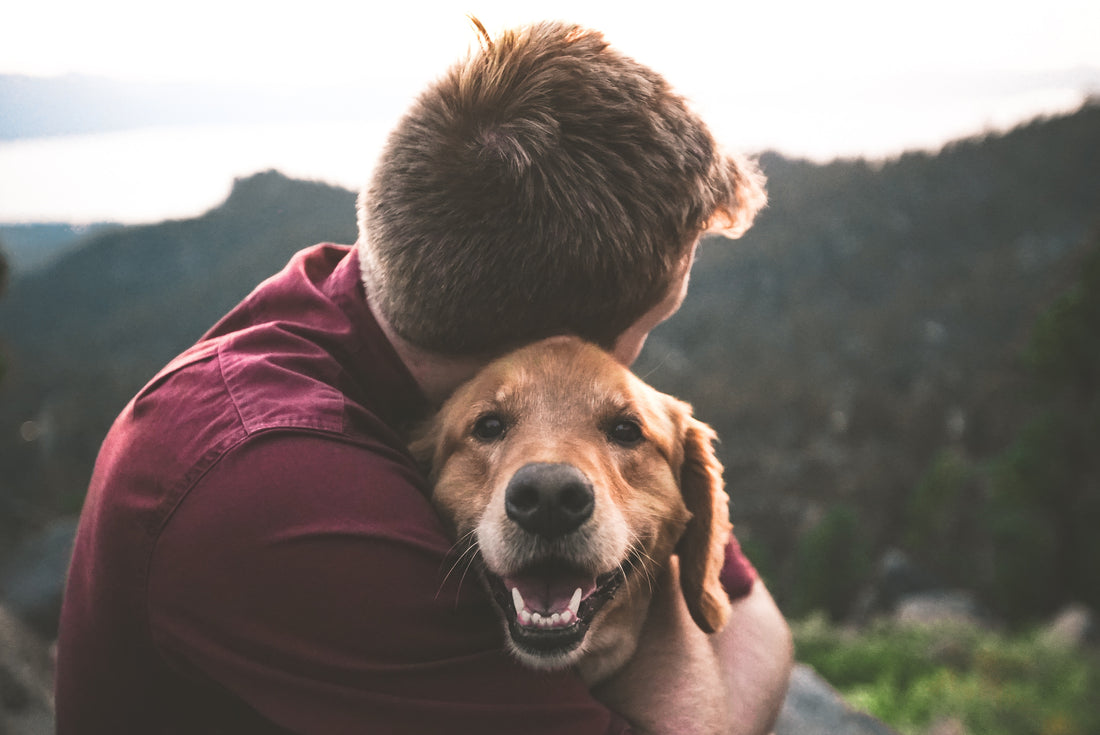
We get so excited to finally have a new furry companion at home that we can forget all of the hard work that comes along with it. Dogs and puppies require potty training, just like a toddler. It’s not always easy, and it’s not always quick, but it is something that every single dog owner needs to tackle from time to time.
If you’re sitting there with a non-potty trained dog or puppy, you’re looking for some help. The good news is, we’re here to make it easier on you.
Your Crash Course to Potty Training a Dog
There are three scenarios you are staring at for potty training your dog: the dog has never been taught where they should go, the dog was once housetrained but is having training problems, or the dog is not able to be housetrained.
First and foremost, it’s important to know that crate training is a critical part of potty training your dog. Since canines are den animals, they recognize crates as safe spaces, where they can remove themselves from the outside stimulation. Additionally, it’s biological to dogs that they keep their personal space clean, especially where they sleep, which means they will not want to urinate in their crate.
As we’ll review in another blog, pleasure ensure the crate is the proper size for the dog so they are not squished or forced to alter their posture for comfort.
Confinement, Routine, Attention, Rewards
CRAR is a create acronym to consider when housetraining a dog. It goes like this:
- Confinement: Beginning with the crate, your dog will not want to pee in their sleeping space. This will buy you time while you’re at work or cooking dinner, etc. It can be hard to follow a dog or puppy around every second of the day.
- Routine: Dogs like routine just as much as you – if not more. This routine should be the same every day including the confinement time, the potty breaks, the meal times, the play times, and the walks. Create a routine that works with your schedule, and stick with it every single day. In due time, your dog will get used to it, and understand when it’s time for a potty break. The younger the dog, the more frequently they will need potty breaks.
- Attention: With a new puppy, it’s important to dedicate your attention to the canine as they clearly demonstrate when they need to go to the bathroom. Identifying from the moaning or pacing that your dog needs to go, followed by a “let’s go doggy” reaction, will tell your dog it’s okay to show when they have to pee. Ignoring them and finding the mess thereafter will completely remove this critical step.
- Rewards: When your dog tells you they need to go and then waits until they’re outside to go the bathroom, reward them for treats during their first few months of training. Don’t forget that play can be part of this rewards tier as well, showing your dog your happiness.
How Long Does it Take to Potty Train a Dog?
Overall, it takes 4-6 months to successfully potty train a dog. It’s going to take time, patience, and some puppy pads depending upon your dog. Don’t be frustrated – just know that it’s all going to be over soon.
Here at Winston Pet Company, we have the leashes and collars you need for your dog while they enjoy their potty break outside.

